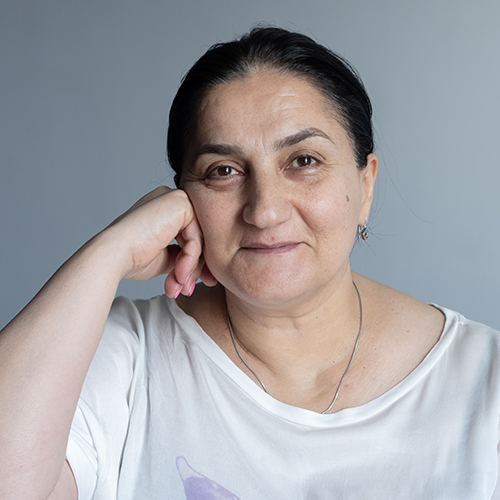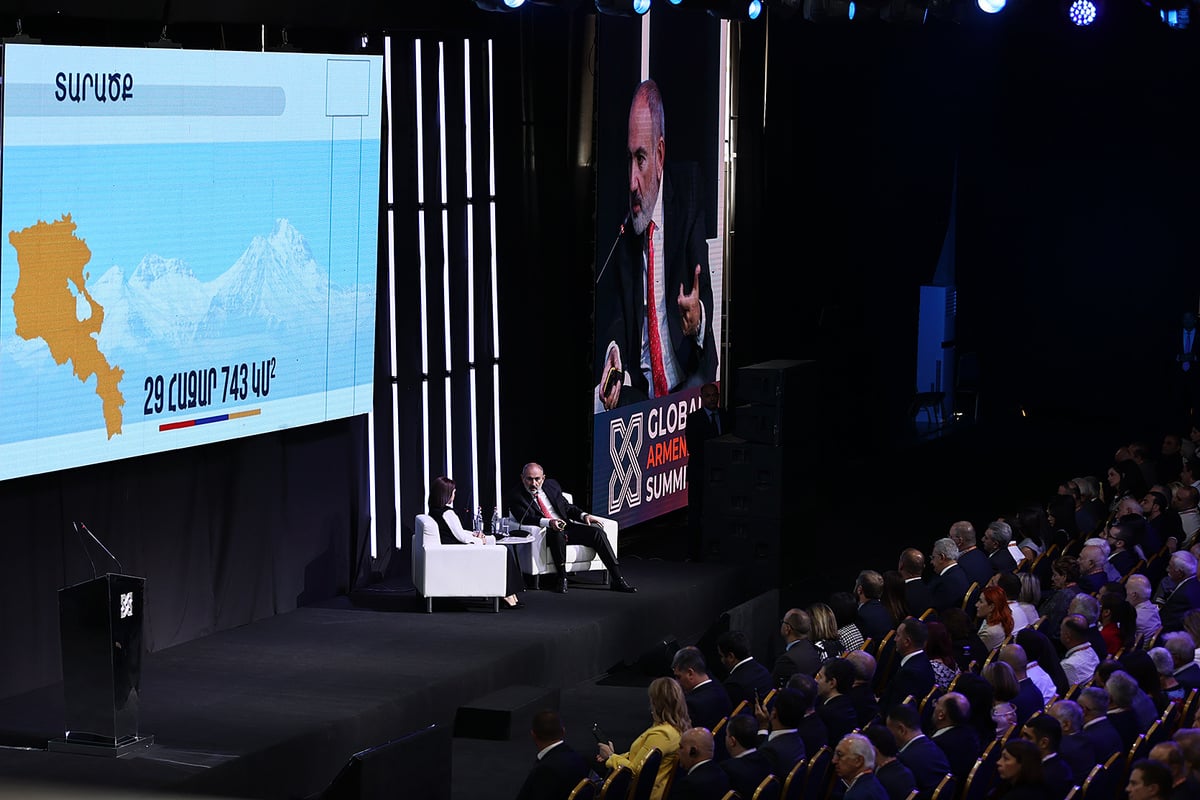“Lasting peace in the South Caucasus is not only possible but also realistic,” said Prime Minister of the Republic of Armenia, Nikol Pashinyan, on September 18 during the Yerevan Dialogue international forum. He also outlined what needs to be done to ensure peace. However, our efforts alone are insufficient to achieve peace, mainly because Armenia’s and Azerbaijan’s approaches to securing peace through a treaty are very different. The government of Armenia, including the Prime Minister and Minister of Foreign Affairs, have stated their readiness to sign a peace treaty in the near future. At the same time, Azerbaijan is not in a hurry.
The reason is seen in the names of the border demarcation commissions of Armenia and Azerbaijan. Ours is called the Commission on Delimitation and Border Security, while theirs is only the State Border Demarcation Commission. Azerbaijan has no problem ensuring border security with any agreement, but we do. However, we know the best guarantee for peace is more than just the agreement.
The Regulation
At the session of September 5, the executive of Armenia approved the ratification of the regulation “On the Joint Activities of the Commission on Delimitation and Border Security between the Republic of Armenia and the Republic of Azerbaijan and the State Commission on the Demarcation of the State Border between the Republic of Azerbaijan and the Republic of Armenia” without discussion. The project was listed as non-discussable. The Prime Minister, Nikol Pashinyan, stated that it is inappropriate to hold an extended discussion before sending the draft Regulation to the Supreme Court. Once the government approves the draft, it will be sent to the Constitutional Court. During the discussion at the Constitutional Court, the chairman of the Commission on Delimitation and Border Security of the State Border, Deputy Prime Minister Mher Grigoryan, will represent the government. Following the Constitutional Court’s decision, the matter will be sent to the National Assembly for ratification.
As per the Regulation, the demarcation between Armenia and Azerbaijan will be conducted in accordance with the Alma-Ata Declaration adopted in 1991. This declaration signifies the mutual recognition of each other’s territorial integrity and the inseparability of the existing borders by Armenia and Azerbaijan. However, it’s important to note that this is not a final agreement and may be subject to change depending on the terms of the peace agreement.
“If in the future, the agreement on the establishment of peace and interstate relations between the Republic of Armenia and the Republic of Azerbaijan includes additional regulations, then these new provisions will align with the principles defined in the agreement mentioned above,” as stated in the Armenia-Azerbaijan delimitation regulations.
In 2024, a protocol was signed between the Commissions as a result of the 9th meeting of the Commissions on May 15, 1976, of the General Staff of the Armed Forces of the USSR. According to the topographical map, which passed the duty procedure in 1979, the Parties agreed directly on Baghanis (AR) – Baghanis Ayrum (AR), Voskepar (AR) – Ashagh Askipara (AR), Kirants (AR) – Kheirimli (AR) and Berkaber (RA) – Jointly drawn up Protocol-description of the sections of the border between the settlements of Kizil Hajil (AR).
It is unknown which section of the Armenia-Azerbaijan border will be the first to be delimitated by the Regulation.
What do we know about the peace treaty?
Armenia and Azerbaijan have transferred the draft version of the peace treaty to each other 11 times for editing purposes, and according to Prime Minister Nikol Pashinyan, 80 percent agreed with the document. More specifically, “13 articles and the preamble of the project are fully agreed upon, another three articles, which consist mainly of 2 sentences, are partially agreed, if I am more objective, 1 of the sentences of those articles is agreed, the other is not agreed.” said the Prime Minister on September 10, during the Yerevan Dialogue international conference.
We have limited information about the contents of the peace treaty. We only know what the authorities, such as the Prime Minister and the Foreign Ministry, have disclosed on various occasions.
For example, on February 7, Prime Minister Nikol Pashinyan revealed one of the points of the peace agreement during a session with the deputies in the National Assembly. He mentioned that it was agreed that “the parties cannot cite their laws as a reason for not fulfilling any of their contractual obligations.”
According to the Prime Minister, a non-agreed point of the agreement, proposed by Azerbaijan, was recently included in the draft agreement. The specific details of this point are currently unknown.
Five months later, on August 24, the Ministry of Foreign Affairs provided information, noting that one issue was not included in the contract. The Spokesperson of the Foreign Ministry, Ani Badalyan, informed the Azatutyun radio station that, with the mutual consent of Yerevan and Baku, the article on regional communications was removed from the draft peace agreement.
It is also known that there is no mention of prisoners’ return in the contract draft. During the Second World Armenian Summit on September 18, Nikol Pashinyan even expressed doubt about whether the issue of returning the captives would be mentioned in the agreement. According to him, saying the captives is not mandatory, but the treaty can still help the prisoners’ return, even if it does not mention them.
The Armenian government is open to signing the contract, even if some articles are not agreed upon. The Prime Minister, Nikol Pashinyan, last spoke about this on September 18. He believes that finalizing the agreement on the already agreed-upon issues will set the stage for discussing the remaining unresolved issues.
It is important to note that just one year ago, during the press conference on March 14, 2023, Nikol Pashinyan stated his belief that nothing has been agreed upon until all the agreement terms are agreed upon. He mentioned, “Discussing only one paragraph is inappropriate, as a contract cannot be comprised of just one paragraph.”
On July 2, Aliyev mentioned the possibility of signing a peace agreement in a new format. He stated during a meeting with the Canadian ambassador, “The work on the text of the peace agreement, or at least on its main principles, will be completed within a few months. I think that could be one of the possible options: to reach an agreement on the basic principles, initialize them, and then work on the text.”
The agreement between the leaders of Armenia and Azerbaijan about the peace treaty doesn’t guarantee that the treaty will be signed. Baku insists that the Constitution of the Republic of Armenia must be changed before they agree to sign the agreement, whether fully or partially.







